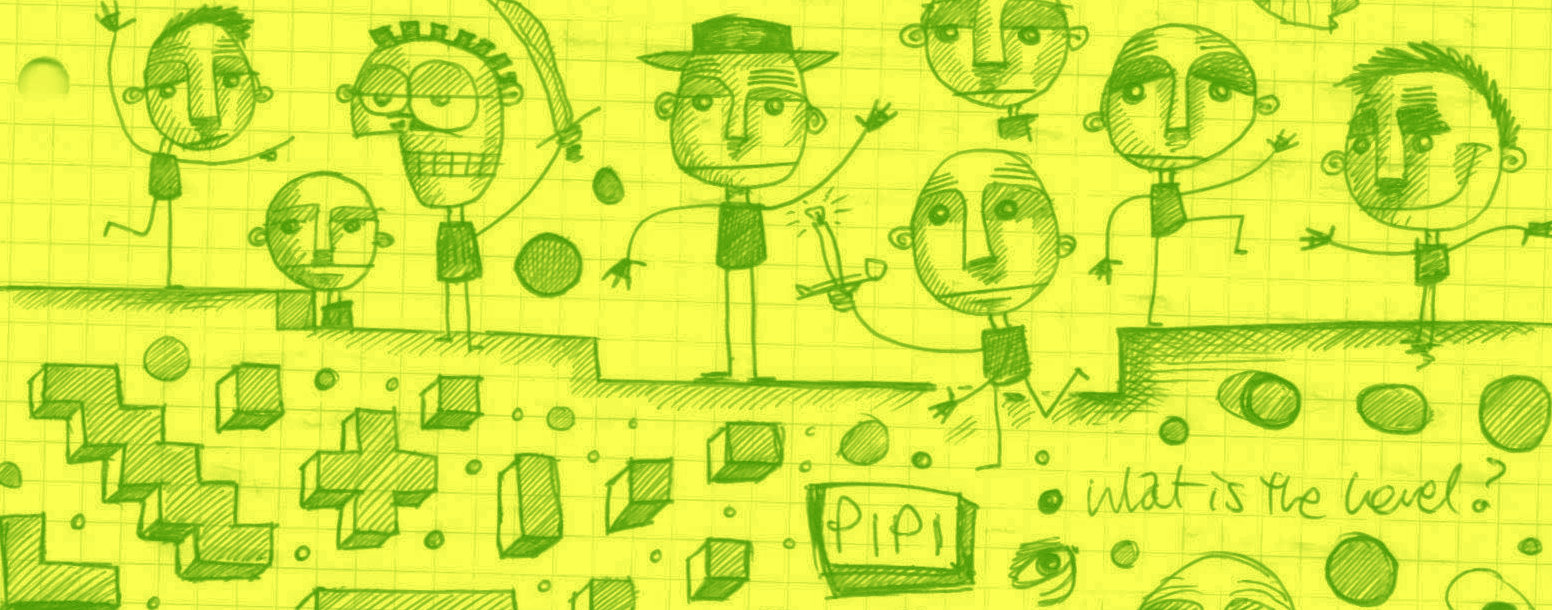A Person
— 20th August 2020
This is an idea I fumbled my way through in work recently. So I thought I’d try and get it out of my head in a coherent form, but I in no way claim it or claim to have invented it. I think I heard it, or read it, or something like it, somewhere before. Maybe it’s really famous, which would be a bit embarrassing, but there you go.

The idea is that the model for a good interface with a service should be a person. A person who is providing the service to you and with whom you can communicate in your preferred language; who understands everything you say and, when they don’t understand, can ask for clarification.
This should be the model for service interactions because this is the best available example of interaction we know. No other interface is as easy to deal with, and no other interface sits in front of such a complex and powerful force for service provision (the human brain).
We don’t need to worry about struggling to describe what we need, because we can, in the most natural way possible. We don’t need to worry about misunderstandings because when they occur, they can be easily rectified. Pass the salt. No, that’s the pepper. Yes, that’s the salt. Thanks. It sounds like a conversation with a child because it’s that simple.
Also, this is a useful way to demonstrate how bad some services are because it gives you a clear sense of what people’s expectations should be, and how they’re not being met.
“I don’t know how to answer that.”
“I’ve already told you what the problem is.”
“I can’t understand you if you don’t talk my language.”
“Why have you given me this, I asked for that?”
These are the types of things people would say if a person were providing the service. When we design a service, we don’t want to elicit these reactions, even if the interfaces and systems of service provision are very far from being human.
We want to create a service that reacts in a rational way to the things people tell it.
Too often services present a blank face to people. Like a big metal door with a tiny latch which swishes back as a voice asks “What’s the password?” Like a golden lamp that will only release it’s jinn if rubbed a certain way. Like a Street Fighter II character who will only do that ultimate special move if you hit just the right combo at just the right moment — stick around; I’ve got a hundred of these! ;-)
Of course, one conclusion of this might be that we should just use people as our interfaces. Often though, when we do that the strictures of efficiency mean that their amazing brains are not also made available to help provide the service (caught, as they are, in a cage of scripted responses and computer systems they don’t have permission to really use).
Another conclusion might be natural language processing to provide a verbal interface (a la Siri or Alexa), but that misses, at least right now, that crucial ability to converse, rather than accept blunt instructions. A command line is not a conversation. The point is that proper human interaction is not to be emulated blindly but to be held up as the ultimate comparison. Would a human being treat people like this? Then why does our service?
First published at: https://weeknot.es/weeknote-22-08-20-a-person-53bda36c3437
